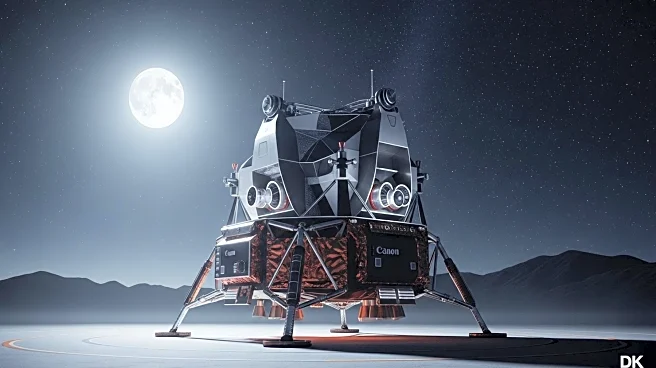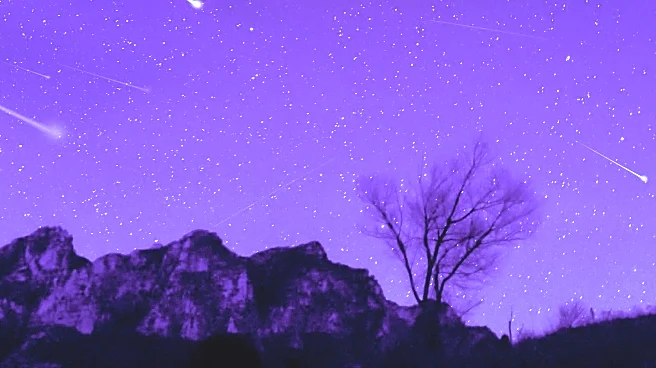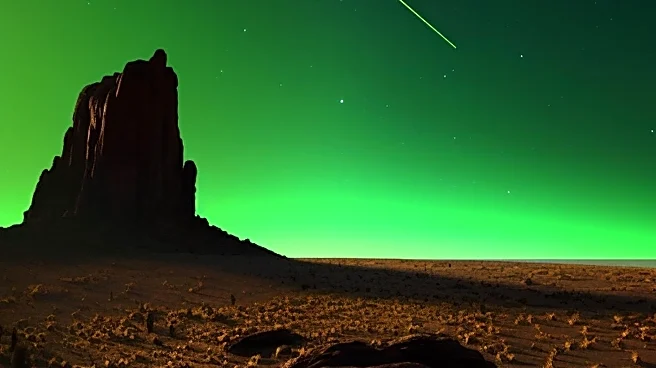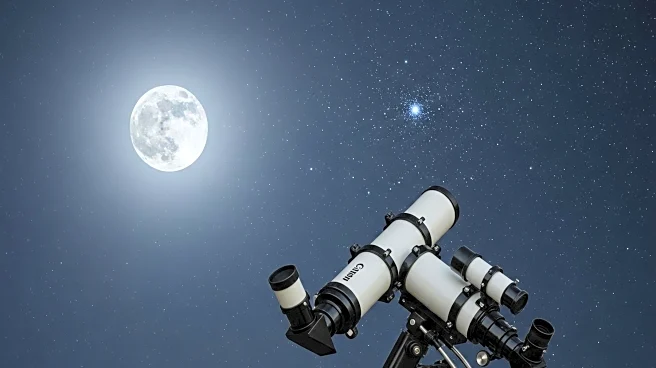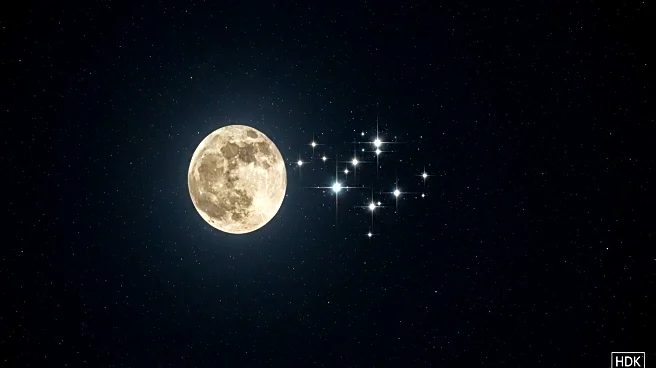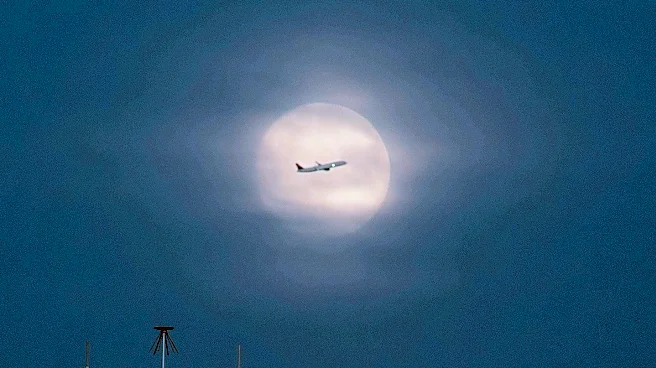What's Happening?
The Orionids meteor shower, originating from the debris of Halley's Comet, is currently active and will peak on the evening of October 20 and the morning of October 21. This meteor shower is known for its bright, fast-traveling meteors that leave trails in the sky. The Orionids is one of the longest-running major meteor showers, lasting over a month and a half. During its peak, observers can expect to see 10 to 20 meteors per hour under perfect conditions. The best viewing time is between midnight and dawn, and the meteors will appear to originate from the Orion constellation, which rises above the eastern horizon around midnight local time in the U.S.
Why It's Important?
Meteor showers like the Orionids offer a unique opportunity for stargazers and astronomers to observe celestial phenomena. The Orionids, in particular, provide a chance to witness remnants of Halley's Comet, a significant astronomical object. This event can inspire interest in astronomy and science, encouraging educational activities and public engagement with space exploration. Additionally, meteor showers can boost local tourism in areas with optimal viewing conditions, as enthusiasts travel to locations with minimal light pollution to experience the spectacle.
What's Next?
Following the Orionids, other meteor showers such as the Northern Taurids will continue to be active, peaking in November. Stargazers are advised to plan their viewing sessions away from city lights to minimize light pollution. Weather conditions will also play a crucial role in visibility, so checking forecasts is recommended. As the Orionids peak during a new moon, the absence of moonlight will enhance viewing conditions, making it an ideal time for observation.
Beyond the Headlines
Meteor showers like the Orionids not only provide visual enjoyment but also contribute to scientific research. Observations can help scientists study the composition and behavior of comet debris, offering insights into the history and evolution of our solar system. The cultural significance of meteor showers, often associated with myths and folklore, adds an intriguing dimension to the experience, fostering a connection between science and storytelling.

